HOLIDAY TIP
Scrape your plate into the trash to avoid clogs this holiday season!
Follow these tips to protect your pipes from Fats, Oils & Grease (FOG).

Help keep our waterways clear this fall! Avoid raking leaves into creeks, storm drains, or ditches—excess leaves harm aquatic life and can clog drains, causing neighborhood flooding. Here are some quick tips:
? Keep storm drains near you free of leaves and debris.
? Clear leaves from gutters, sidewalks, and driveways.
? Mulch leaves with your mower to naturally fertilize your lawn.
? Compost leaves for a garden boost next spring.
Let’s work together to keep our stormwater system clean and flowing!
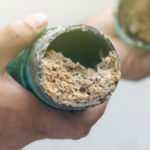
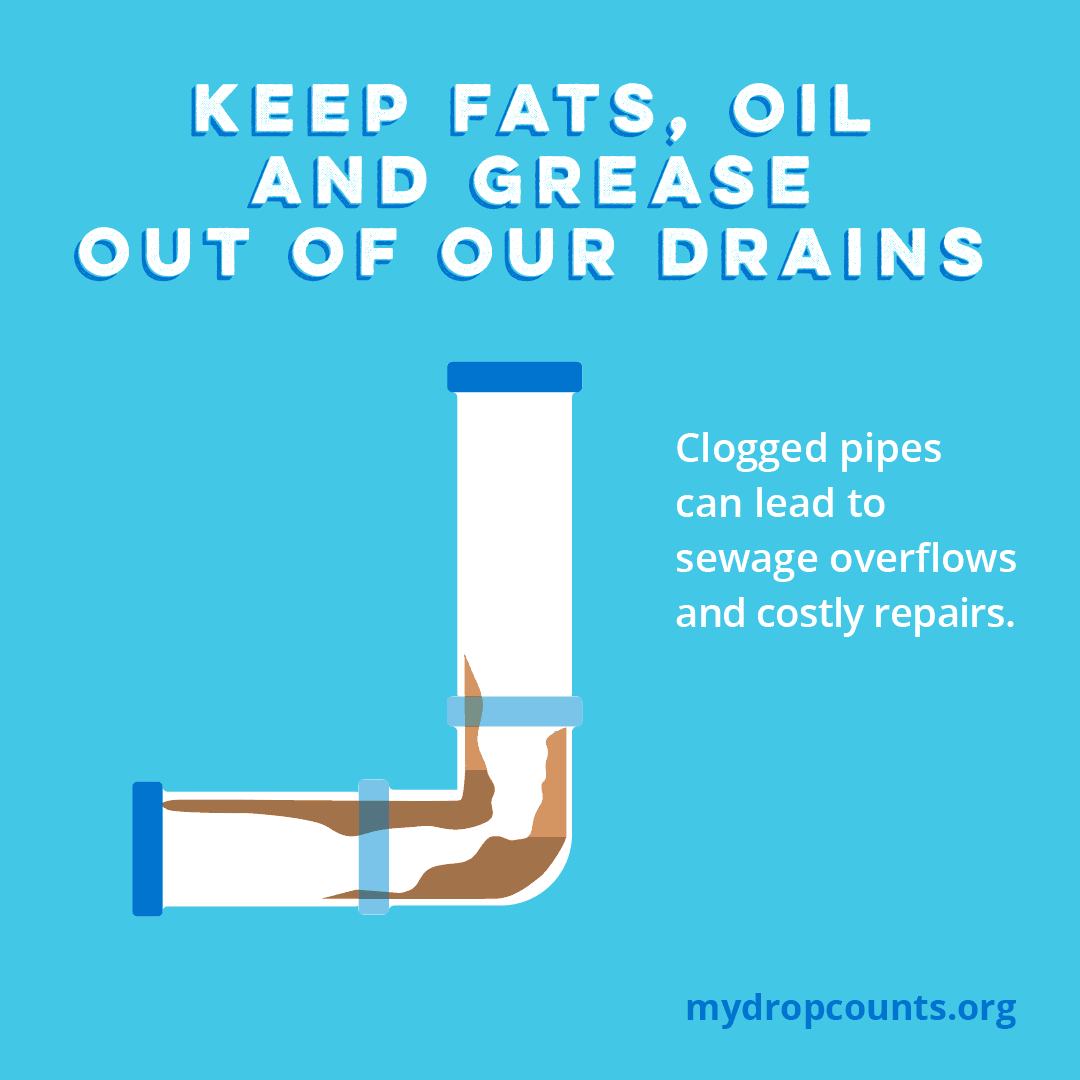
Fats, oils, and grease, or FOG, can accumulate in sewer pipes. As the material builds up, it can cause untreated wastewater to back up into homes and businesses, resulting in costly repairs, messy cleanup, foul smells, and a potential public health threat.
Please dispose of foods properly, not down the drain. FOG is found in a variety of foods used in the kitchen for cooking, including:
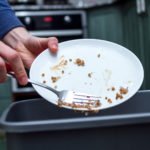

Rinsing dishes in the sink isn’t necessary and uses six times more water than using the dishwasher alone. Skip the sink and scrape plates, bowls and utensils before placing them in the dishwasher to save water and prevent clogged pipes and sewer backups.
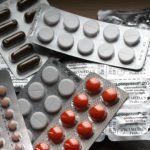

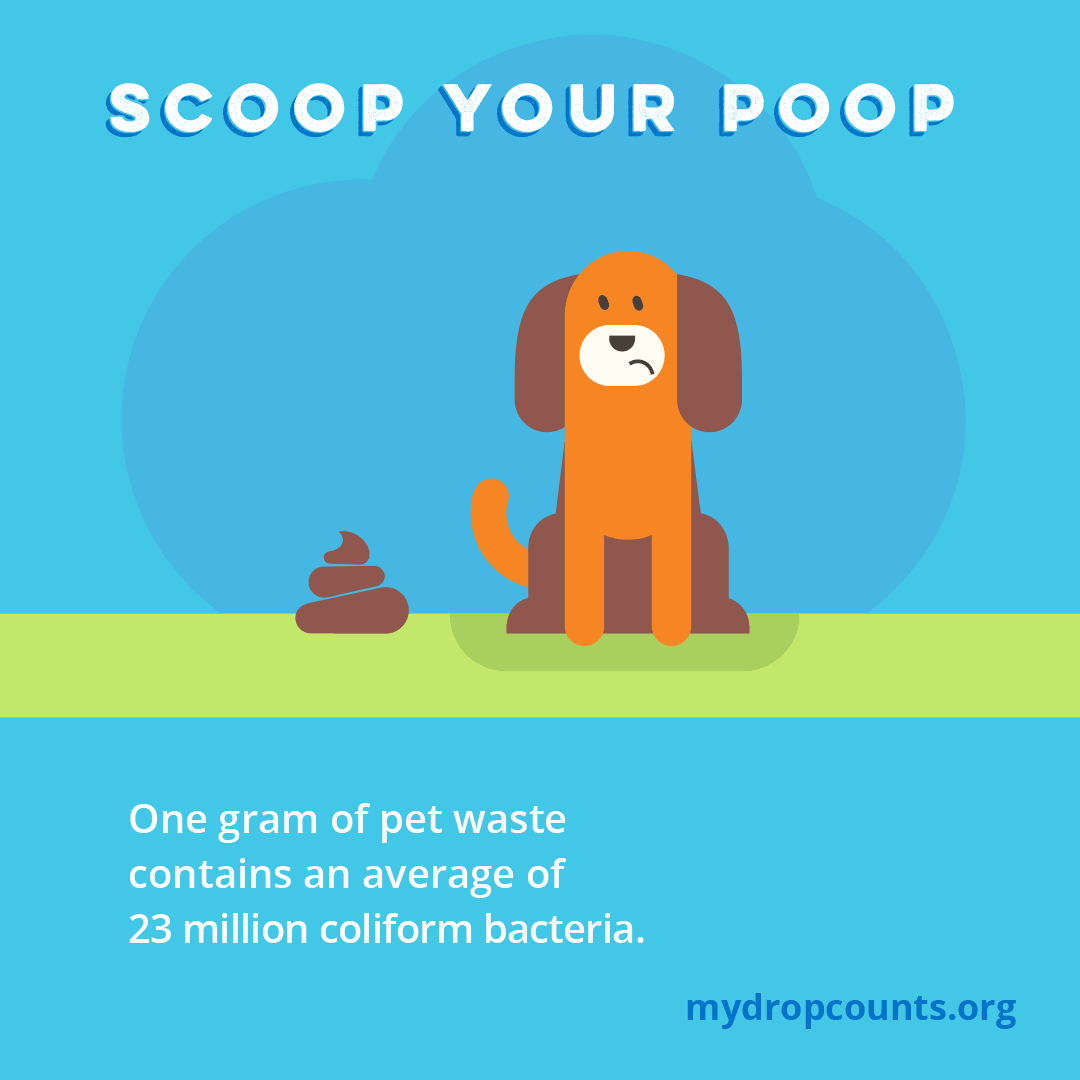
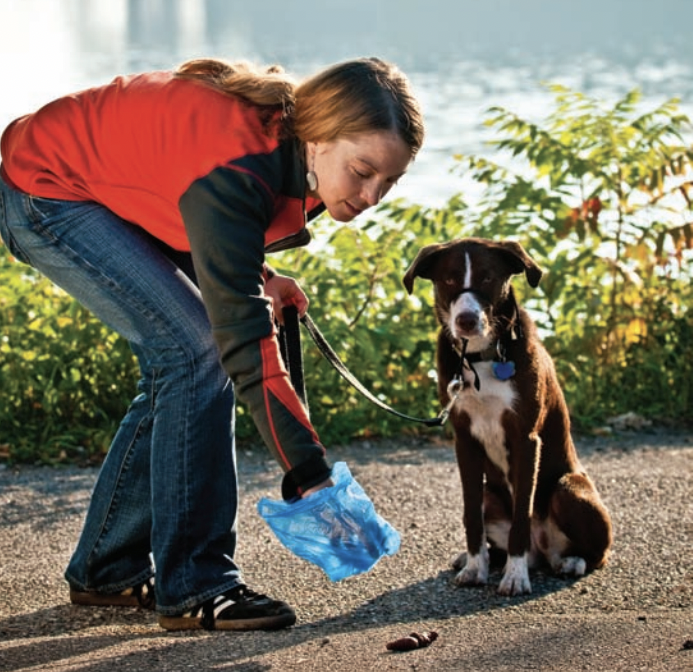
Pets are major sources of water contamination. When it rains, improperly disposed of dog feces may wash bacteria into storm sewers which usually drain into our lakes and streams. Picking up after your pet is part of being a good neighbor and responsible pet owner – and in most places, it’s the law.
Doing the right thing is easy. Scoop the poop, bag it, tie it closed, and toss it in the trash. This will prevent pollution and reduce strain on our water supply system. To learn more:
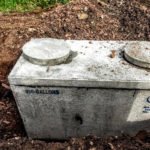
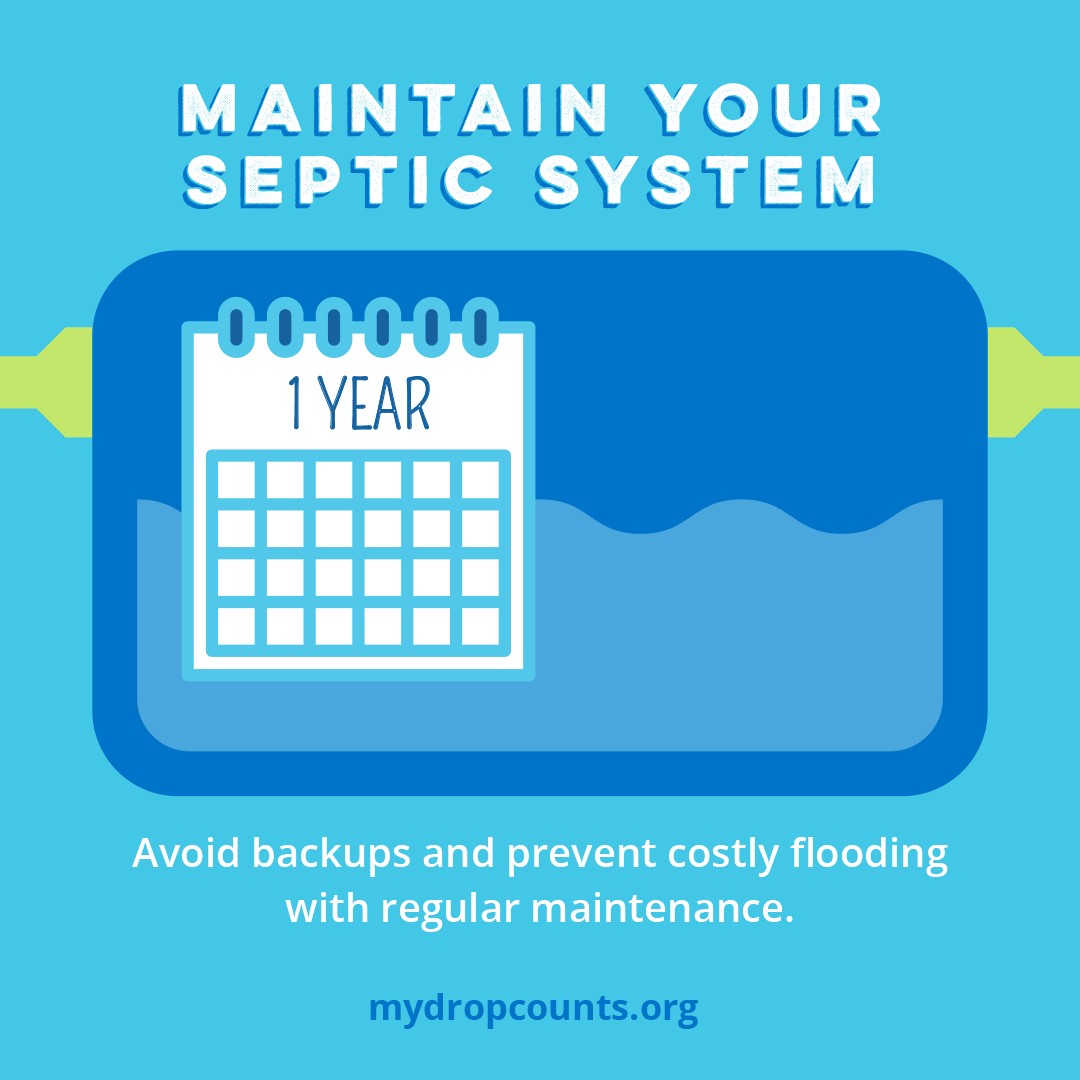
1 in 4 metro Atlanta homes is on a septic system. A failure of this system could be your worst experience of home ownership. Check your last service date and schedule an inspection to check for leaks and determine if it needs to be pumped. If you are not sure if you are on a septic system, call your local department of public health.
Additional resources:
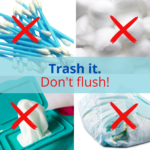
Just because you can flush something down the toilet doesn’t mean that you should. Certain types of household waste, such as cleaning and baby wipes and personal hygiene products may go down the toilet, but they don’t break down in the sewer system. Large quantities of these items can clog pipes and cause sewer overflows in your home and the environment. They can also damage sewer system pumps and other equipment resulting in costly repairs or replacement.
Be sure to throw these items in the trash can, NOT the toilet:

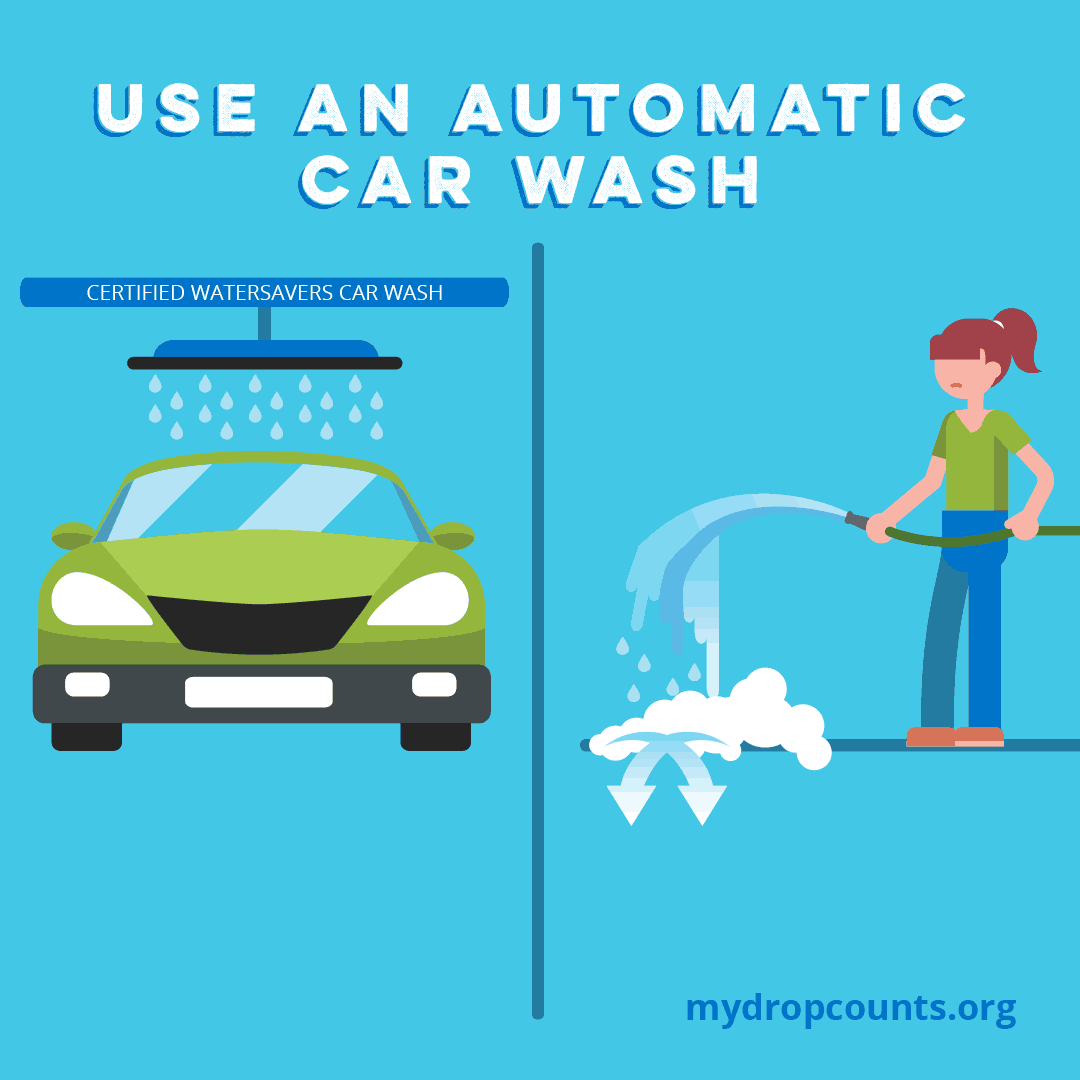
A 10-minute car wash using a standard garden hose can use 100 gallons of water and the used rinse water can contain oils and grease and other toxic substances that pollute the environment when it flows to storm drains and into the nearest creek or stream.
To save water and protect our waterways, take your car to a commercial car wash that recycles water. Commercial car washes are better than your driveway because their drains are connected to a sewer system and the wastewater will be sent to a treatment plant for cleaning. If you must wash your vehicle at home follow these tips:
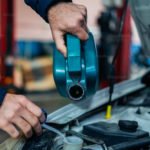
Oil, antifreeze and other fluids from your vehicle that end up on your driveway or street will eventually be carried by stormwater to the nearest river, lake or stream when it rains. Small oil leaks and other vehicle fluids can add up to a big problem for our waterways. In fact, a single quart of motor oil can contaminate up to 2 million gallons of drinking water. Follow these additional tips to reduce water pollution associated with vehicle maintenance:
Additional resources:

Pool & Spa Maintenance Tips
Proper pool maintenance is important to save water, energy and money, as well as to protect landscapes, waterways and sewer systems.
For Conserving Water
Pools provide a fun and relaxing way to keep cool. However, if not maintained with water efficiency in mind, your pool could be sending water and money down the drain. Pools can lose water through evaporation, pool cleaning, leaks, and splashing. The U.S. Environmental Protection Agency’s (EPA) WaterSense® program has developed a Pool Water Efficiency Guide to help residential pool owners and maintenance professionals understand and address these issues to save water. Did you know? Using a pool cover can prevent up to 95 percent of pool water evaporation!
Commercial pool owners can find additional information at www.epa.gov/watersense in the WaterSense at Work: Best Management Practices for Commercial and Institutional Facilities which includes Commercial Pool and Spa Equipment guidelines.
For Protecting Water
Pool and spa water often contains chlorine, bromine and other chemicals. While these chemicals keep water clean and clear, they can damage the environment if pools and spas are improperly maintained or drained. Follow our Pollution Prevention Tips for Pools and Spas to help protect our rivers, lakes and streams.
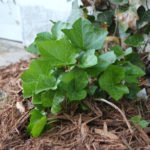
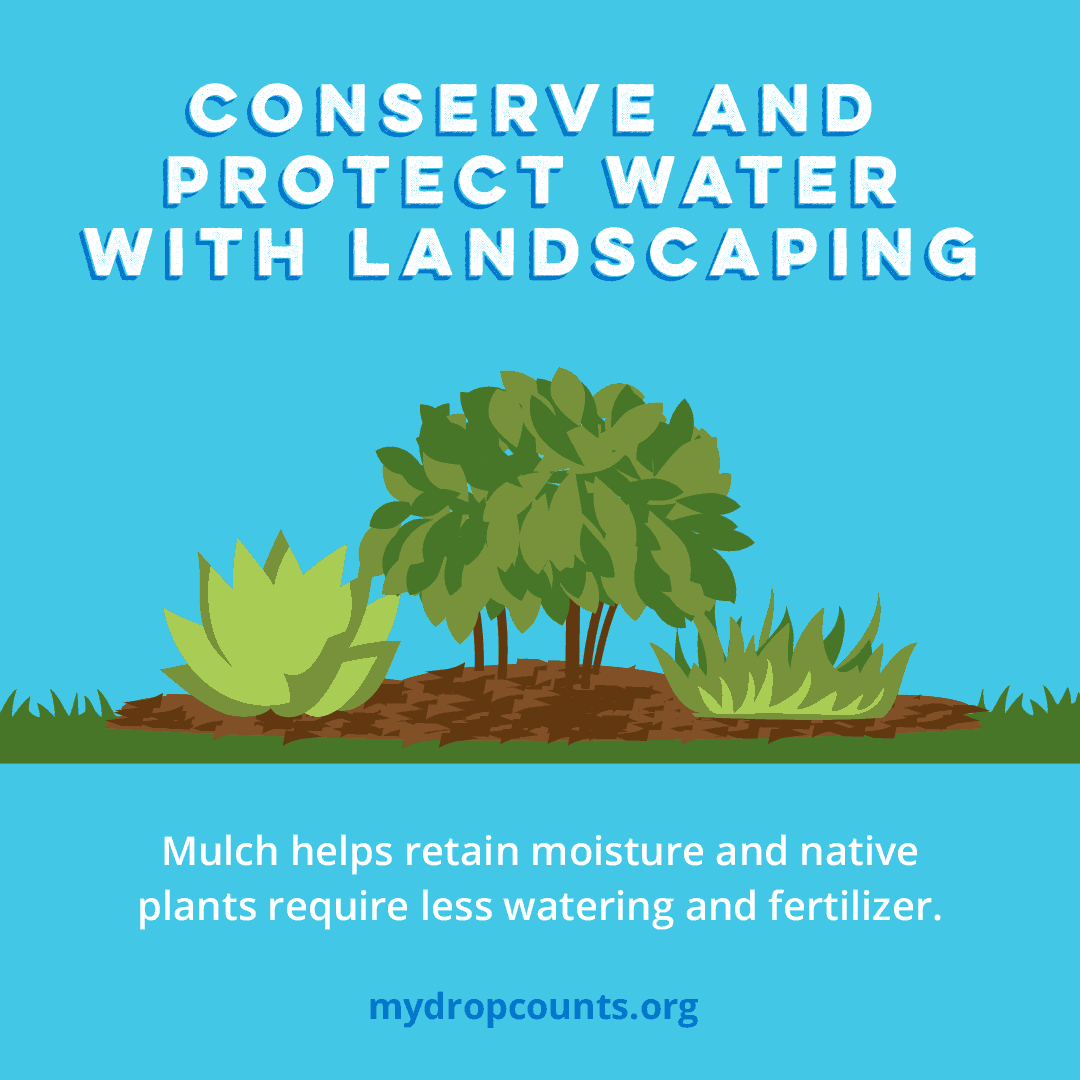
Water-wise landscaping can help conserve water and protect waterways from pollution.
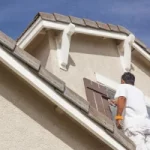
Construction activities—which include remodeling, repairs and demolition—can generate a wide variety of contaminants that can pollute stormwater, including sediment and suspended solids, solvents, paints, cleaners, adhesives, wood treatments, heavy metals, asphalt and concrete, as well as trash and debris.
By implementing the procedures below during all construction, remodeling, repair and demolition activities, your business and project site can be part of the solution to stormwater pollution.
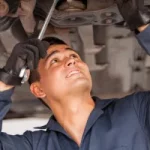
Maintenance of cars and trucks can be a significant source of stormwater pollution due to the use of harmful materials and wastes involved. Engine repair and service, brake and transmission work, parts cleaning, replacement of vehicle fluids and outdoor vehicle and equipment storage can all contribute a number of contaminants to stormwater runoff, such as hydrocarbons (motor oil, gasoline, diesel fuel and greases), heavy metals (lead, copper and zinc), antifreeze, solvents and other toxic chemicals.
By employing proper procedures during repair and maintenance, vehicle storage, waste handling and cleaning, your business or facility can help to prevent these harmful contaminants from polluting our waters.
Repair and Maintenance Activities
Vehicle and Equipment Storage
Material and Waste Handling
Cleaning and Good Housekeeping Practices
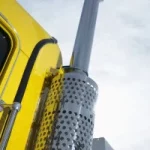
Gas stations and other fueling operations, including truck stops, terminals, fleet yards, airports and construction sites, serve to refuel motor vehicles, equipment or small containers with petroleum products. Spills and leaks can occur during fueling and contaminate stormwater runoff, surface water and groundwater with toxic hydrocarbons, oil and grease, heavy metals and other chemicals used as fuel additives.

Without proper precautions, concrete and asphalt production and installation can contaminate stormwater and downstream rivers, lakes and streams with high concentrations of suspended solids, toxic hydrocarbons and other chemicals, oils and greases, and heavy metals. In addition, hardened asphalt and concrete can clog and damage stormwater drains and pipes, which can result in localized flooding. By implementing the practices below during concrete and asphalt production, installation and cleanup, your operation or construction site can help be the solution to stormwater pollution.
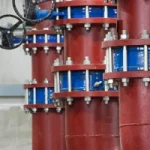
By implementing the proper practices and procedures below for your operations and during your landscaping and vegetation management work, your business and project site can help to prevent stormwater pollution and keep our waters healthy for everyone.
Loading & Unloading Areas
Outdoor Work Activities
Outdoor Storage Areas
Waste Management
Parking Areas
Spills and Leaks
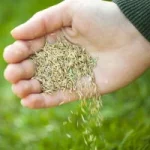
Landscaping and vegetation management include a wide variety of activities, including vegetation installation and removal, lawn mowing, fertilizer and pesticide application, watering and other landscaping practices. Many of these activities can result in the contamination of stormwater runoff with sediment, nutrients, organic materials, toxic chemicals, heavy metals, oils and trash.
By implementing the proper practices and procedures below during your landscaping and vegetation management work, your business and project site can help to prevent stormwater pollution and keep our waters healthy for everyone.
Landscaping and Planting Activities
Fertilizer Application
Weed / Pest Management
Waste Management
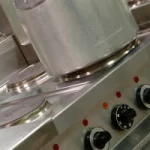
Contaminants from restaurants and other food service facilities, operations and activities have the potential to pollute rivers, lakes and streams with food waste, oil and greases, detergents and litter.
By following proper procedures during the handling of solid and food wastes, cleaning activities and fats, oils and grease management, your business or facility can help to prevent these harmful contaminants from polluting our waters.
Food Service Cleaning
Solid Waste Management
Fats, Oils and Grease Management
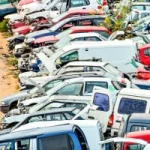
Salvage and recycling facilities often store scrap items and materials outdoors on a temporary or permanent basis. This can include vehicles, equipment, appliances, electronics, scrap metal, and recyclables such as cans, bottles, glass, plastic, cardboard and paper. Stormwater runoff from these sites can contain oil and gasoline, heavy metals, suspended solids, and other toxic chemicals. Unsecured scrap and recyclable materials can also be carried away by stormwater runoff, creating the potential for blockage in stormwater drainage systems and trash in downstream waterways. By implementing the following practices and procedures at your salvage or recycling facility, you can help be part of the solution to stormwater pollution.